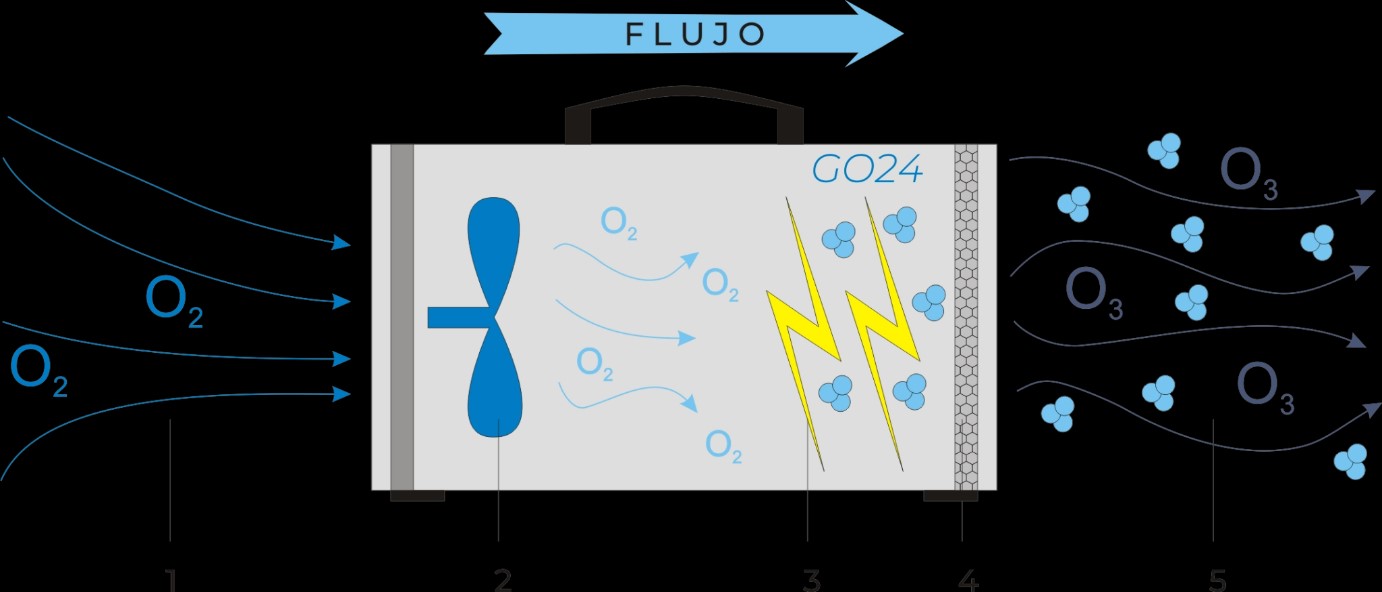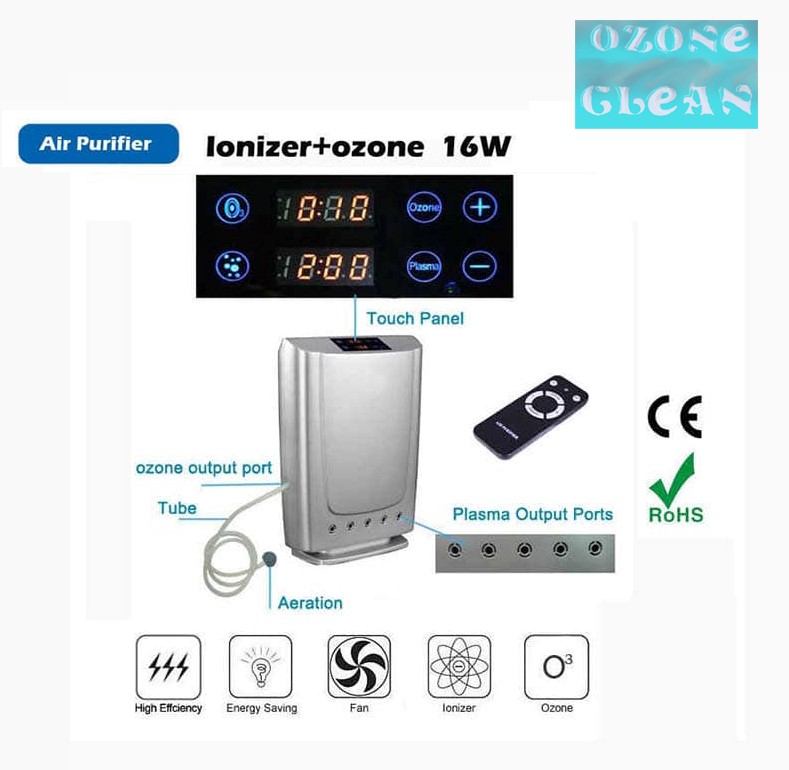
The ozonator is a device that produces ozone, a gas used to eliminate or reduce the presence of bacteria, viruses, fungi and other microorganisms in the air and on surfaces. In crops, the ozonator can help reduce the presence of pathogens that can damage plants and affect the quality of the final product. In addition, ozone can also help reduce unwanted odors.
What are the safe concentrations of ozone?
Safe ozone concentrations vary depending on the growth stage of plants and environmental conditions. In general, ozone concentrations must be kept within certain limits to avoid damaging plants and the health of crop workers.
For most plants, ozone concentrations should not exceed 0.1 parts per million (ppm) during the growth phase and 0.05 ppm during the flowering phase. Prolonged exposure to higher concentrations can damage leaves and reduce plant yields.
In addition, it is important to note that ozone concentrations can vary depending on the temperature and humidity of the environment. High temperatures and low humidity can increase ozone production, while low temperatures and high humidity can reduce its production.
Therefore, if an ozonatoris used, it isimportant to regularly measure the concentration of ozone in the air and adjust the device settings as needed to maintain safe levels. It is also advisable to limit the time of exposure to ozone and provide proper ventilation in the growing area to reduce the accumulation of the gas.
Benefits of ozone treatment in crops
Ozone treatment on crops can have several benefits, including::
- Pathogen elimination: Ozone is a potent oxidant that can destroy bacteria, viruses, fungi, and other microorganisms that can affect plant health and development. Eliminating these pathogens can reduce the need to use pesticides and other chemicals for pest and disease control.
- Increased growth: Pathogen elimination and odor reduction can improve growing environment conditions, which can increase yield and quality of the final product.
- Improved air quality: ozone can purify crop air, removing pollutants and improving air quality for workers.
Cold plasma purification is a technology that uses an ionized gas to remove contaminants from the air and surfaces of the crop. Cold plasma is generated by applying an electric field to a gas at low pressure, which causes the ionization of the atoms and molecules of the gas and the production of reactive oxygen and nitrogen species.
Cold plasma purification has several advantages compared to other air and surface purification technologies, such as removing contaminants without generating toxic by-products or hazardous waste. In addition, cold plasma is capable of purifying large volumes of air in a short time, making it ideal for use in growing areas.
Cold plasma purification is a promising technology, but its use must be carefully controlled to maximize its benefits and minimize its limitations.
We recommend a compact, powerful and portable equipment with DUAL operation to generate ozone in air / water and / or cold plasma ionization:

